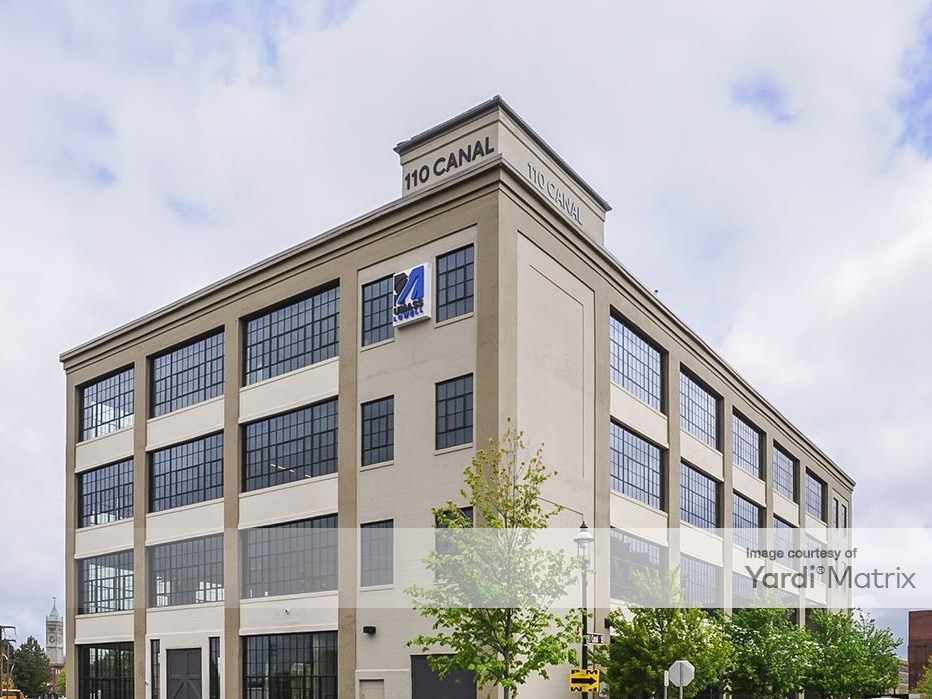The Rust Belt’s Overlooked Legacy
A study from Lincoln Institute of Land Policy brings to light the area's smaller cities and how some of them reinvented themselves.
For most people, the Rust Belt is a symbol of closed factories, vacant downtowns and decreasing population. The term was popularized by politician Walter Mondale in 1984, and it applies to the areas with a manufacturing-based economy that have been losing population starting with the 1980s. Trump brought the Rust Belt back in the spotlight by using it as an example of the U.S.’s fall from past greatness. And since his election, the term has become more widespread in the media.
The cities in Rust Belt experienced decline mostly for the same reasons. The rise of Wall Street and the Reagan presidency’s war on unions led to the loss of many manufacturing jobs, destroying the balance of the middle class. Powerhouses such as General Motors or Chrysler couldn’t keep up with the shifting technology landscape and turned out to be inefficient. Starting with the diminishing steel and iron industries and the 1973 oil crisis, things turned from bad to worse.
Each town and city along the Rust Belt faced and continues to face a unique set of challenges. While big cities such as Cleveland or Detroit have already told their stories, smaller cities lurk behind their shadow and often get overlooked. A study from the Lincoln Institute of Land Policy tracks the struggles and successes of 24 smaller towns in order to accurately depict the image of the nation’s legacy cities.
Lucky by default
Some towns feature strategic geographic positioning or good weather. Northeastern cities seemed to recover better than those in Midwest due to their location. Low-performing cities such as Pontiac, Mich., or Gary, Ind., sit far from any strong economic hubs. Grand Rapids in Michigan is an exception, as it is close to Lansing, the state’s capital. Worcester, Mass., is close to Boston, while Allentown, Pa., is close to New York City.
The traditionally industrial workforce has been replaced by office jobs that don’t require very high education levels. New York’s s Albany, Schenectady and Troy, known today as the Tech Valley, struggle to get back on track with their strong base of tech companies, busy neighborhoods and low cost of living. Bethlehem, Pa., today serves as shipping and logistics hub for Philly and New York City.
Population decline is one of the predominant negative traits characterizing the region. Youngstown, Ohio, and Flint, Mich., lost nearly 50 percent of their population since 2000 and are some of the lowest-performing cities found in the study. The situation looks dire for Flint locals, as the city has been facing a water crisis since 2014. On the other hand, Youngstown is undergoing a redevelopment plan initiated by then-mayor Jay Williams. At the other side of the spectrum, Pennsylvania’s Lancaster and Bethlehem recorded a 5-percent population growth since 2000, mostly due to a flow of immigrants. Allentown stands out with a 10 percent population gain.
Reimagining the future
What about the steel, brick and concrete buildings left behind? Years ago, most warehouses and factories were considered an eyesore and needed too much financing in order to be rehabilitated and converted to other uses. Today, public grants and private financing aided the long-awaited transformations. The downtown part of Lowell, Mass., comprised millions of square feet of unused industrial space, which have been turned into apartments, artist studios and venues.
It’s not just former industrial buildings that battled with vacancy. Prior to a government program initiated by Youngstown Neighborhood Development Corp., one in 10 homes used to be abandoned. The plan aims to rehabilitate these assets by creating new businesses, getting the community involved and through urban farming.
Midwest cities came up front with daring initiatives as well. In Hamilton, Ohio, officials are doing their best to attract and keep local talent by training locals for careers in the city management through the Russell P. Price Fellowship program. The private sector also plays an important role in the revitalization process. For example, Bethlehem created new opportunities by offering developable land along the riverfront for public-private partnerships, resulting in a redeveloped Bethlehem Steel site that once was the largest brownfield in the country. Today, the area encompasses SteelStacks Arts and Cultural Campus, a cultural hub hosting the nation’s largest free music festival.
Images courtesy of Yardi Matrix and via Google Street View









You must be logged in to post a comment.